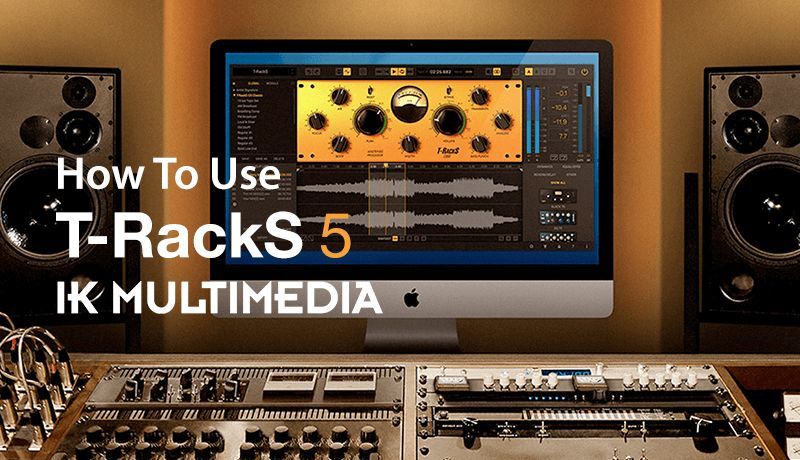

I carefully set my thresholds to ensure that compression occurred rarely, and only when truly needed.įor the lows, I used a slightly longer release than the other 2 bands to avoid distortion.Ĩ. I used 3 bands to separate the low, mid, and high and amplified the low and high very slightly. I used this limiter to make sure no peaking was occurring, but mainly to control the signal based on the frequency. Quad Limiter The Quad limiter is used rarely, but helps when it’s needed. I applied 4kHz by 1dB since it seemed to add a little clarity that was missing, and 21kHz by 1dB to make the high end of the acoustics and the reverb have more of an ethereal feeling to them. Then I amplified 21kHz by 0.5dB to add a little air.įor the side image, I amplified 570Hz by 0.5dB to add a little body to the side image. I boosted 2.4kHz by 0.5dB as well to make her vocal stick out and feel more like a focal point of the song. I liked how this makes the kick stand out a little more. I separated the signal into mid and side to affect the relevant instrumentation separately. With this EQ, I listened intently and decided on some very small amplifications I wanted to make.
T racks mastering series#
Prior to this insert the series signal and parallel compressed and saturated signal recombined. Master EQ-432 With this eq make small bumps to the response, as well as widen the image slightly. I used a tape 2 setting which will provide some even and odd harmonics, and enabled oversampling, which is important when introducing distortion.Īdditionally, I used mid-side processing to cause differing amounts of distortion to the mid and stereo signals. Then I used some saturation to make the effect more pronounced and get a bit more power from the compressed signal. After the compression, I use a small amount of saturation This way I could get a lot of coloration from the compressor and make the signal a uniform level in which the quieter aspects and lower aspects of the signal were at an equal level. With the compressor, I heavily compressed the signal. With that in mind, I reduced the output of both processors since I wanted this parallel channel to be introduced subtly. This routing will double the amplitude if you don’t attenuate the signal. I think since I didn’t have a visual for the additional signal this was confusing at first, but makes sense when you think about running a signal in parallel. One thing that I didn’t expect for some reason was for the send to be set to unity, in turn doubling the amplitude of the signal. (Parallel) Saturator X I use this compressor to heavily compress the parallel signal.Īt the same time of processing the signal with the One Mastering Processor, I sent a parallel signal to a bus compressor and subsequent saturator.
T racks mastering full#
This will help the master translate better over smaller speakers that can’t support the full frequencies spectrum. Lastly, bass punch augmented the kick and the thump of the bass guitar. I increased the gain without triggering the limiter, as well as introduced some moderate transient expansion, and analog emulated harmonic distortion. I added some air for the high end, some focus which clarifies the mids, a small amount of body for the low-mids, a little push to bring quieter aspects of the signal forward, and a tiny amount of stereo expansion. It was designed to include everything you’d need for a quick master, but it can be used subtly in a chain to really augment a master.

It’s an EQ, an exciter, an expander, and more. One – Mastering Processor One handles a lot of processing. This averaged about 0.3dB to 0.7dB of attenuation. I used a moderate release speed, 3 bands to isolate the frequencies, and a soft de-essing type to keep the effect subtle. With some very subtle settings, I used this de-esser to control the high frequencies – mainly sibilance.

De-Esser A de-esser will calm down sibilance before amplifying the signal and potentially making sibilance worse.


 0 kommentar(er)
0 kommentar(er)
